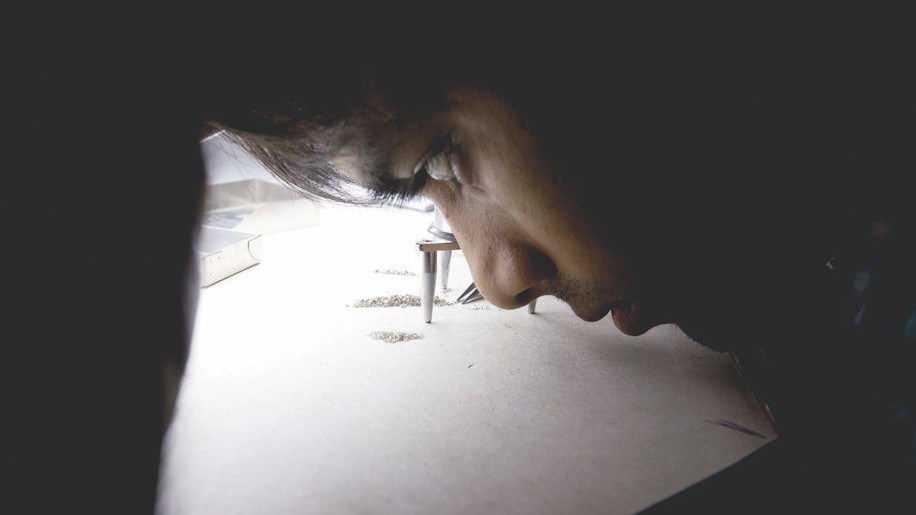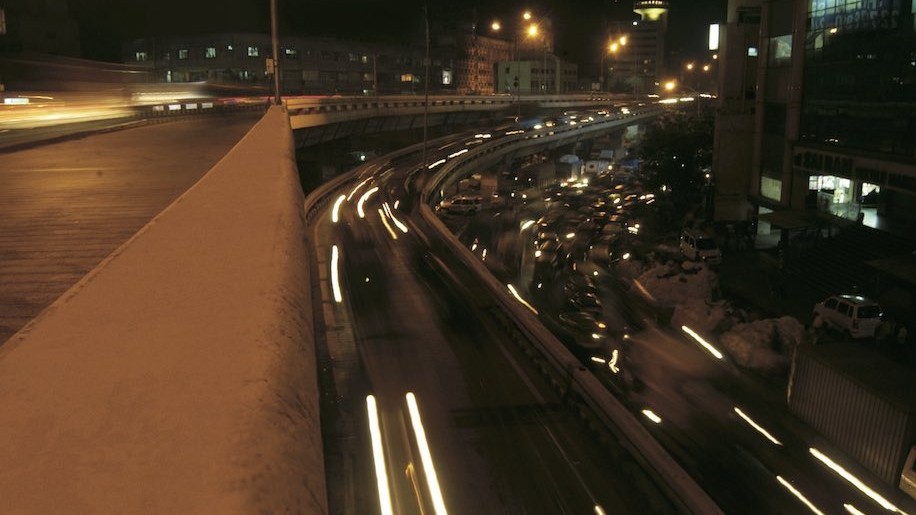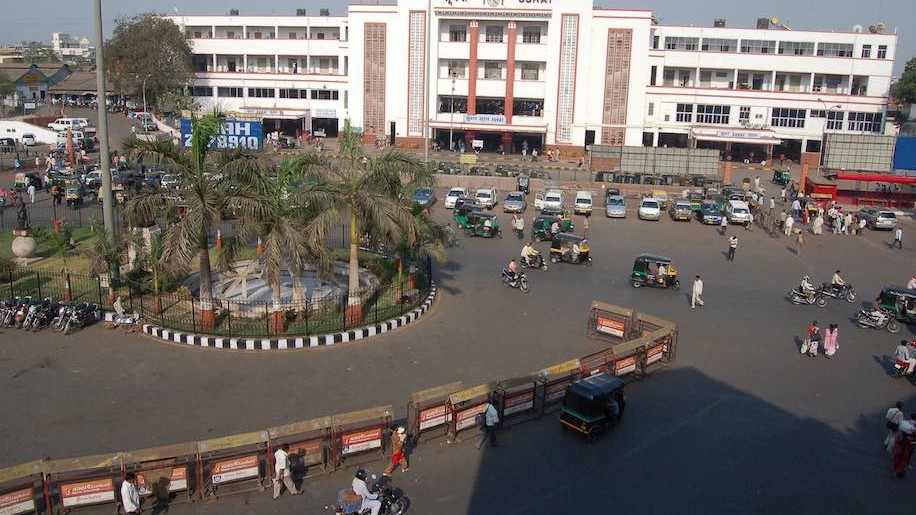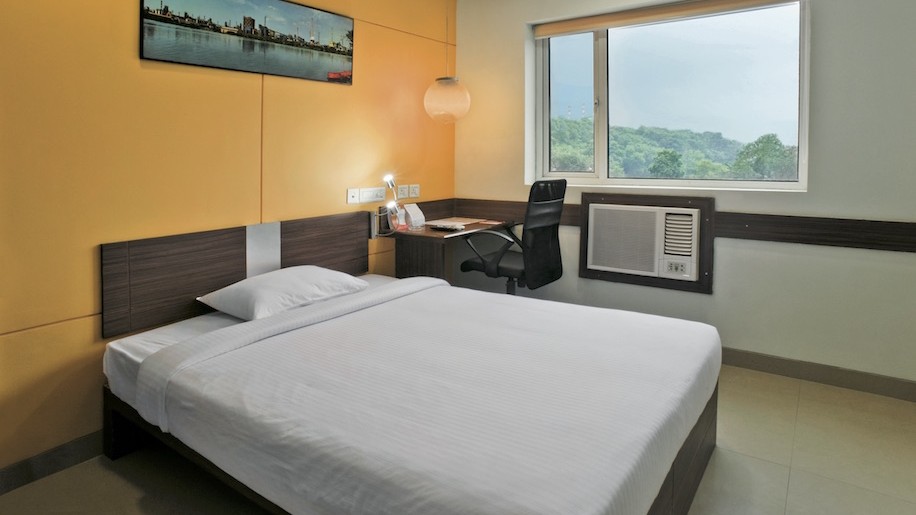
Take any early morning or late evening train to Surat from Mumbai, and the majority of your fellow passengers will be businesspeople.Strategically positioned on Gujarat’s west coast and on the banks of River Tapti, the city has been attracting merchants for centuries as a centre for trading spice and textiles. Business first arrived by boat, then by train, and, finally, via the city’s airport. However, services to the last have been drastically reduced in recent months, ever since an inbound Spicejet flight from Delhi hit a buffalo wandering across the runway in November. Since then, Surat airport has worked hard to rebuild its perimeter wall and, hopefully, more flights will return soon.
In the meantime, the city continues to expand – hence the packed train carriages from Mumbai. The second-tier industrial city has about 450 textile mills and, in recent decades, has unexpectedly also become the world centre for cutting and polishing diamonds. Of all the diamonds that are in global circulation, 90 per cent of them are cut and polished in India; and of these, the vast majority will have been worked in Surat. It is widely believed that the origins of the trade date back to an anonymous businessman who brought rough diamonds and a boat full of polishers over from East Africa in 1901, but it was only in the 1960s that raw diamonds began to be brought over from Burma. The current market imports the precious stones from Africa, Australia, Canada and Russia.

Dinesh Navadiya, president of the Surat Diamond Association, says: “Those who used to visit Burma to buy wood brought back raw diamonds. Acknowledging an opportunity here, skilled farm labourers from Gujarat’s Saurashtra belt flocked to Surat and mastered the skill of diamond polishing.”
Govind Dholakia, founder and chairman of Sri Ramkrishna Exports, is a good example. He was once a farmhand before he moved to the city to polish diamonds. He says: “It wasn’t surprising that enterprising farmers took to the work. Compared with working the fields 14 hours a day in 40-degree heat, logging in as much time polishing stones in a cool room is easier.” Workers are also relatively well paid and, since most of them hail from Surat’s surrounding rural areas, many diamond processors have set up floors there. Being closer to their homes has tempted women to learn the skill, too, contributing additional income per household.

While it seems as if the growing diamond industry is defining the city’s rapid progress, textile production is Surat’s oldest industry, and the one that contributes the most to its GDP. A recent exhibit in the Turbine Hall at London’s Tate Modern – Richard Tuttle’s I Don’t Know – the Weave of Textile Language, a large sculpture swathed in rich tangerine fabric and suspended from the ceiling – was constructed using textiles from Surat. The first textile mill was established here in 1861, and Surat now produces 40 per cent of India’s total fabric exports. The strength of the sector can be attributed to the abundance of black soil in Gujarat, which has helped cotton farms to produce surplus yields year after year.
“Some 80 per cent of our production is sold domestically, because the kind of clothes we make – saris, and material for traditional salwar-kameez outfits – are sought-after by Indians,” says Sanjay Jagnani, director of the Federation of Surat Textile Traders Association. Locally, the primary market is in North India – Delhi, Uttar Pradesh, Rajasthan, Madhya Pradesh – while internationally, countries with a large number of Indian migrants, such as Mauritius, Nepal, the UAE and South Africa, are big importers.
Synthetic textiles are the key produce, and these are traded from a 2 sq km district in Surat, which holds 125 buildings and a total of 50,000 merchants. The district’s main square is prone to horrendous traffic jams, and it falls to the police to somehow ease congestion. A long-term solution in the form of 30 flyovers – more being built per year than in any other Indian metropolis – is also helping to reduce traffic, and has even seen Surat dubbed as Flyover City.

Nevertheless, the pressure on infrastructure is constant. Each morning, tens of thousands of commuters add to Surat’s population of approximately five million people, and use the city’s 24-hour railway station, from which a train departs every 20 minutes on average. Since the buffalo incident at Surat airport, only one Air India flight (operating under Alliance Air) serves the city three-times weekly from Delhi International airport.
Until this changes, the only kind of tourism Surat will enjoy is medical. The city’s typical patients are non-resident Gujaratis living overseas, who co-ordinate their surgery appointments with annual visits to their hometowns. They return to take advantage of treatments that are 70 per cent cheaper than international rates and conducted at Surat’s state-of-the-art-hospitals. Ophthalmology, knee and joint replacements, and spine surgeries are among the most commonly requested medical procedures.
Surat is underserved by international hotel brands, and there are few planned developments – flight connections will need to improve for more big chains to move in. Still, the city has a sparkling future, and deserves to be better known as a business hub.

WHERE TO STAY
Lords Plaza
Located close to the station, this three-star property is suitable for those who are purely looking for somewhere to lay their head – executives and engineers on a budget who need to stay in the city for a few weeks usually book here. Avoid the station-facing rooms as these are noisier. The rooftop restaurant offers great views and a barbecue station. lordshotels.com

Ginger Hotels
This Indian budget chain is a no-frills choice for travellers. The Surat property’s 98 rooms feature comfortable beds, workdesks and tea and coffee-making facilities, and the all-white interiors are clean. Room service is not offered, but staff are happy to receive takeaway deliveries for guests to pick up from reception. gingerhotels.com

The Gateway Hotel Athwalines
This five-star property has a resort feel, with palm trees and a beautiful view of the Tapti river. All 204 rooms and suites have free wifi, iDock stations and laptop safes. Spice restaurant is the perfect place to experience an authentic Gujarati meal. The hotel also has the city’s only liquor store – Gujarat is a dry state, although the government is in the process of setting up licensed shops – but you may drink in your room. thegatewayhotels.com









